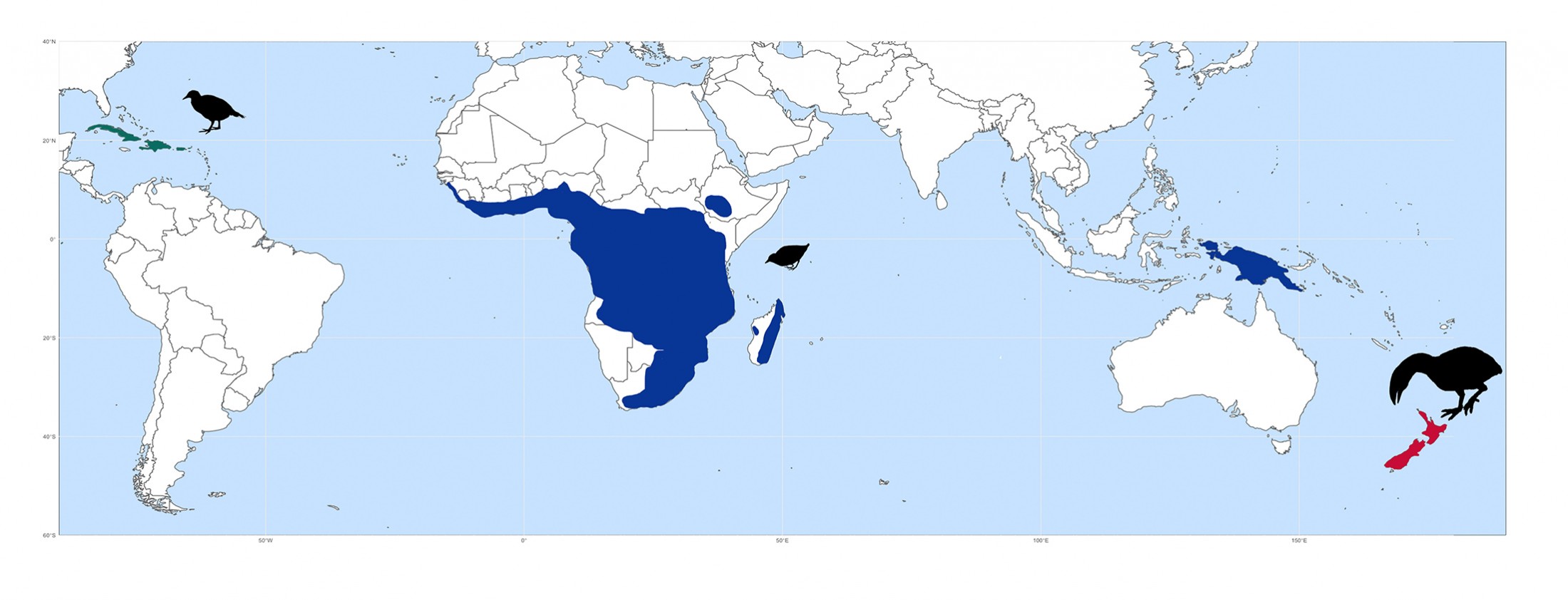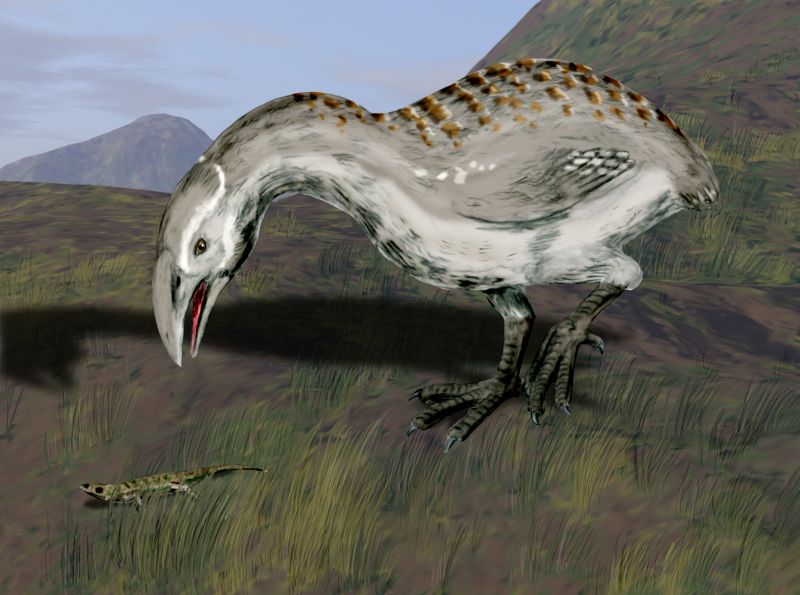Extinct Caribbean bird’s closest relatives hail from Africa, South Pacific
Courtesy of the Florida Museum of Natural History
Written by Natalie van Hoose
In a genetic surprise, ancient DNA shows the closest family members of an extinct bird known as the Haitian cave-rail are not in the Americas, but Africa and the South Pacific, uncovering an unexpected link between Caribbean bird life and the Old World.
Like many animals unique to the Caribbean, cave-rails became extinct soon after people settled the islands. The last of three known West Indian species of cave-rails – flightless, chicken-sized birds – vanished within the past 1,000 years. Florida Museum of Natural History researchers sought to resolve the group’s long-debated ancestry by analyzing DNA from a fossil toe bone of the Haitian cave-rail, Nesotrochis steganinos. But they were unprepared for the results: The genus Nesotrochis is most closely related to the flufftails, flying birds that live in sub-Saharan Africa, Madagascar and New Guinea, and the adzebills, large, extinct, flightless birds native to New Zealand.
The study presents the first example of a Caribbean bird whose closest relatives live in the Old World, showcasing the power of ancient DNA to reveal a history erased by humans.

This map shows the distribution of West Indian cave-rails in green, flufftails in blue and adzebills in red. Cave-rails and adzebills are now extinct. The bird illustrations were created by T. Michael Keesey and Hutty Mcphoo (CC BY-SA 3.0), Ryan Terrill and Nobu Tamura. IMAGE COURTESY OF OSWALD ET. AL IN BIOLOGY LETTERS
The discovery was “just mind-blowing,” said study lead author Jessica Oswald, who began the project as a postdoctoral researcher at the Florida Museum.
“If this study had not happened, we might still be under the assumption that the closest relatives of most things in the Caribbean are on the mainland in the Americas,” said Oswald, now a postdoctoral researcher at the University of Nevada, Reno and a Florida Museum research affiliate. “This gives us an understanding of the region’s biodiversity that would otherwise be obscured.”

Adzebills, also close relatives of cave-rails, were large, flightless birds with big beaks that could have been used to prey on small animals or strip vegetation. ILLUSTRATION COURTESY OF NOBU TAMURA, CC BY 3.0
Many animals evolved unusual forms on islands, often making it difficult to classify extinct species based on their physical characteristics alone. But advancements in extracting viable DNA from fossils now enables scientists like Oswald to answer longstanding questions… [see full article and images]
more by Natalie van Hoose
Drs. Robert Guralnick, Jessica Oswald & Brian Stucky are current users of UF | ICBR’s Gene Expression & Genotyping’s library quantification and RNA DNA QC services, and NextGen DNA Sequencing’s sequencing and library construction services.


